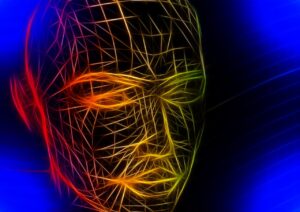
More tools, regulations key to addressing deepfake crimes
By Miguel Hanz L. Antivola, Reporter
THE CREATION of tools and regulations to address the proliferation of deepfakes is expected to become a priority in the Philippines next year, according to experts.
Deepfakes refer to media that have been digitally manipulated through artificial intelligence to create misrepresentations of people and events.
“Untrained eyes and ears cannot discern what is fake,” Jonathan Dixon, vice-president and managing director at Cloudflare Asia Pacific, Japan, and China, said in an e-mailed statement to reporters on Monday.
“With today’s versions more realistic than ever, trained eyes and ears also fail to identify deepfakes,” he added,
Mr. Dixon said he expects that there will be an increased demand for “the next cutting-edge security technology” targeting the issue of deepfakes in 2024.
Ronald B. Gustilo, national campaigner for Digital Pinoys, likewise said more tools and regulations are needed to address the increase in crimes involving deepfakes.
The Philippines must foster a resilient defense against deepfake threats through technological innovation, legal frameworks, and community education, he said in a Viber message to BusinessWorld.
“Enhancing detection algorithms will empower platforms to identify and mitigate the spread of deceptive content,” Mr. Gustilo noted.
“Simultaneously, enacting and enforcing robust regulations will serve as a deterrent, discouraging malicious actors from engaging in deepfake activities,” he added.
Public education is also equally important “as raising awareness about the existence and potential harm of deepfakes equips individuals to discern authentic content from manipulated media,” Mr. Gustilo said.
Deepfakes have already captured the attention of Congress, with proposed laws and potential investigations under discussion among lawmakers, he said.
“Although specific instances within the Philippines might not have garnered widespread attention, the need for a comprehensive strategy is evident,” Mr. Gustilo said.
“Combating the deepfake dilemma requires a multifaceted approach, incorporating advancements in detection algorithms, the implementation of stringent legislative measures, and proactive public awareness initiatives,” he added.
A memorandum from the Justice department in October said deepfakes may be categorized as violations of computer-related fraud, computer-related identity theft, or misuse of devices, which are punishable under the Cybercrime Prevention Act.
Meanwhile, House Bill No. 9425 filed last month seeks to define deepfakes and what kinds of deepfakes are deemed harmful and subject to legal consequences.
The bill defines deepfake as “any audio, visual or audio-visual recording created or altered through technical means, such as video recording, motion-picture film, sound recording, electronic image, or photograph, which are so convincing that a reasonable person would mistake it for an authentic representation of an individual’s speech or conduct.”
Meanwhile, it defines “harmful deepfakes” as those created without consent, for no artistic purpose and used for defamation, sexual harassment, the exploitation of children, fraud, deceptive transactions, copyright infringement, election offenses, and terrorism.
“The penalty to be imposed for offenses committed through the use of deepfake technology shall be one degree higher than those prescribed in the Revised Penal Code, as amended, and relevant special laws,” the bill said.



